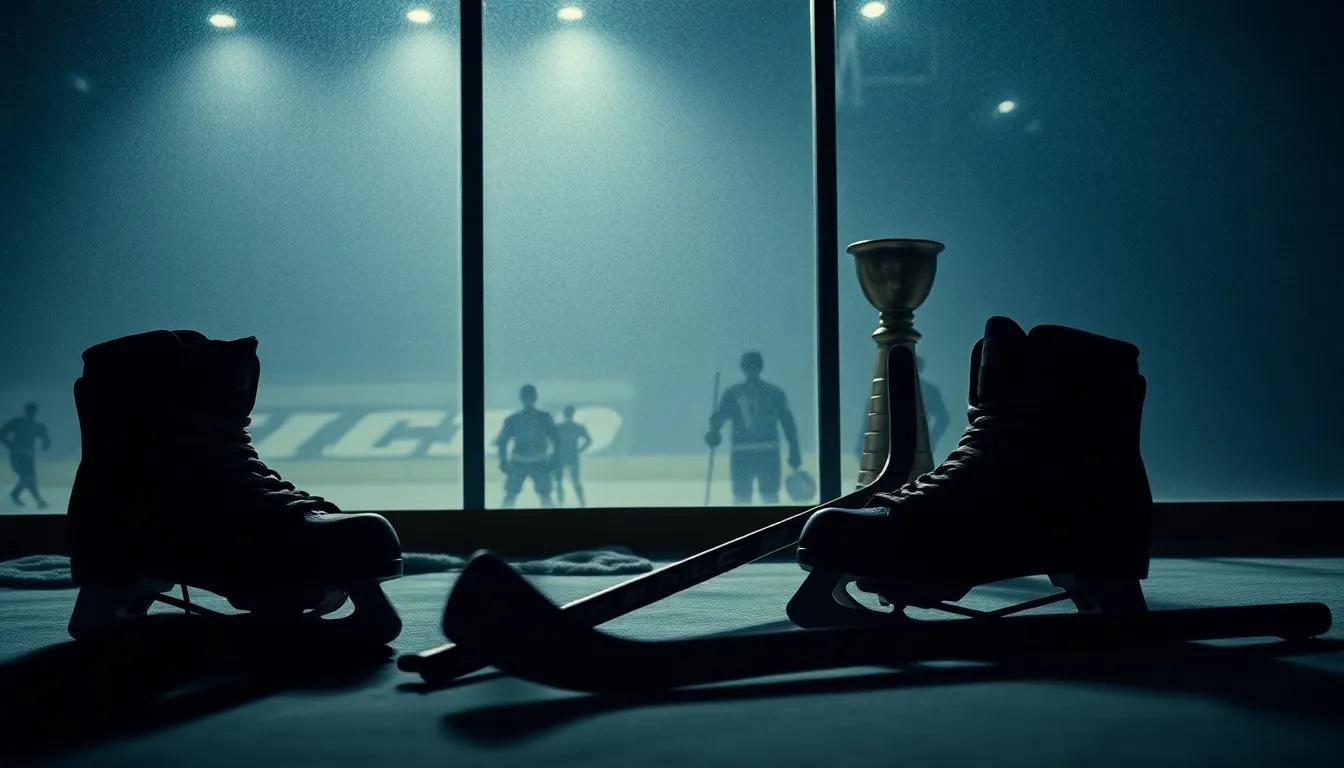The NHL’s replay review system is under fire after a controversial goaltender interference call cost the New York Islanders in a crucial playoff race game.
Islanders forward Kyle Palmieri had his potential game-winning goal against the Columbus Blue Jackets disallowed Monday night, leaving him visibly frustrated on the bench as officials reviewed the play.
The on-ice referee initially waved off the goal. Replays showed Palmieri wasn’t standing in the blue paint when Columbus goaltender Elvis Merzlikins first pushed him out of the way. There was also a moment that appeared to allow Merzlikins to reset.
Toronto’s replay officials upheld the on-ice call: no goal.
The Islanders eventually lost in overtime, a significant setback in the tight Eastern Conference playoff race.
Palmieri didn’t hide his frustration postgame. “He said there was contact in the crease, and I guess the goalie needs five minutes to get reset,” he said, calling the decision “f***ing embarrassing.”
Islanders coach Patrick Roy questioned the entire replay system. “If replay officials are afraid to overturn the on-ice call, then we don’t need Toronto,” he said.
Goalie interference remains one of hockey’s most subjective calls. The NHL attempted to clarify the rule just last week during a media briefing.
The replay appeared conclusive: Palmieri was on the edge of the crease, not in it, and Merzlikins had a moment to reset after the contact. Goalies make quick reaction saves regularly – getting reset quickly is part of their job.
This highlights the fundamental problem with replay reviews. They interrupt game flow but often fail to provide the objective clarity they’re designed for. Instead, one subjective decision becomes a secondary subjective decision, leaving everyone frustrated after a lengthy delay.
The reluctance to overturn on-ice calls isn’t unique to hockey. All sports with replay systems include provisions giving priority to officials closest to the action, supposedly to correct only “obvious” mistakes.
This creates an uncomfortable dynamic where replay officials must effectively judge their colleagues’ work – a position they clearly try to avoid.
Soccer faces similar issues. VAR officials can suggest on-field referees review decisions at pitch-side monitors, but even making that recommendation can be seen as undermining the original call.
In Palmieri’s case, the original no-goal call stood because there wasn’t “enough” visual evidence to overturn it. Multiple analysts noted that had it been called a goal on the ice, that decision likely would have been upheld instead.
This inconsistency frustrates players, coaches and fans alike.
If leagues implement replay review – accepting the negative impact on game flow – the ultimate decision shouldn’t default to “that’s how the on-ice official saw it.”
Instead of accepting human error as part of sports, leagues create elaborate systems to correct those errors, study replays for extended periods, then often leave questionable decisions unchanged because they can’t be completely certain.
As Roy succinctly put it: if replay officials are just going to defer to the on-ice call, why have them at all?




